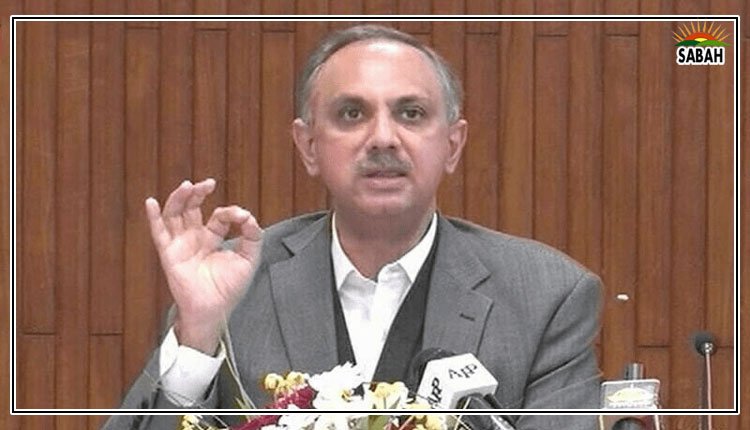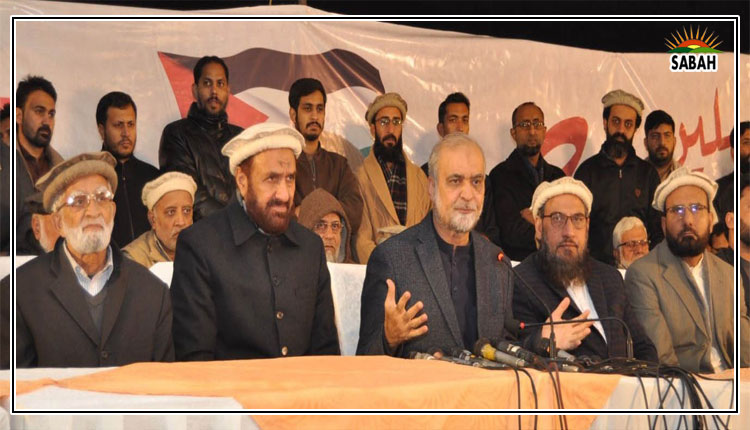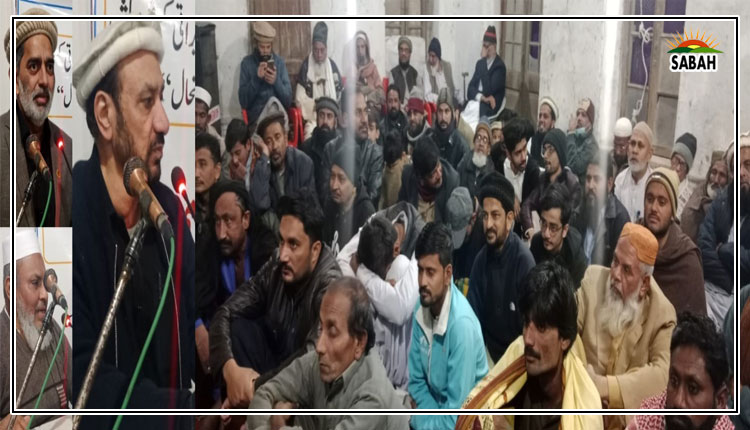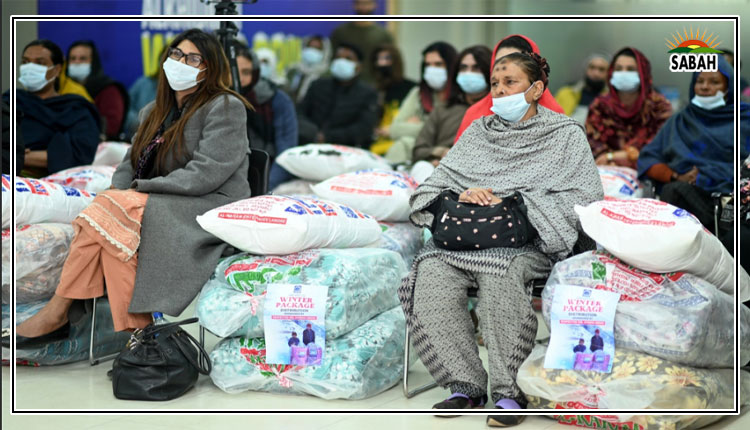Right to life for all…Dr Pervez Tahir
In ancient times, says Chief Justice Bandial, the right to life would have been fulfilled by roti, kapra aur makan. Now it needs education and health. The remarks come in a month when the country is celebrating the memory of its most outstanding rights activist, Asma Jahangir. It wasnt exactly the ancient times, but the 1960s, when the people rose to make these demands. Her father was among the leaders of this movement. A young Sabihuddin Ahmed from the same family was also seen protesting on the roads. Little did he know that in time he would be part of the judiciary extending the right to life beyond the security of life. Living a fulfilled life needs a basic income. Income in the dictatorial 1960s was, however, badly distributed between individuals and across provinces. My student, Talat Anwar, studied the income distribution of the period. In 1963-64, the share of the bottom 20% of the population was 7.28% compared to 44.42% of the top 20%, or six times more. GDP growth in that year was 6.5%. In the following two years, GDP growth rose sharply to 9.4 and 7.6%. This high growth concentrated in a few hands, the so-called 22 families. In urban areas, where the anti-Ayub movement spread rapidly, the poorest 20% experienced a decline in their share of income from 7.42% to 6.84%. Against this, the richest 20% enjoyed a jump from 44.92% to 48.11%. Even the middle 60% suffered a decline in their share from 47.67 45.05.
High growth without a social contract could not be sustained. The philosophy that the road to ultimate equality lies through initial inequality had failed. The return of democracy raised the hope of evolving a democratic consensus on the socioeconomic way forward. In keeping with the spirit of the time, the 1973 Constitution promised the elimination of all forms of exploitation and the gradual fulfilment of the fundamental principle, from each according to his ability to each according to his work. Fundamental Rights and Principles of Policy were spelled out in a separate part. Economic rights were not declared fundamental, but made part of the Principles of Policy. Article 38 would, among others, secure well-being by preventing the concentration of wealth and means of production and distribution in the hands of a few to the detriment of general interest and by ensuring equitable adjustment of rights between employers and employees, and landlords and tenants. It would also reduce disparity in the income and earnings of individuals. The implementation of Principles, unlike Fundamental Rights, was made subject to the availability of resources. Ever since, governments after governments have contributed more to the fiscal and current account deficits than the implementation of the social contract. More recently, they have been shirking the responsibility of reporting to the Parliament, perhaps a tacit admission of poor progress.
In these circumstances, courts have begun to interpret the justiciable fundamental Right to Life in the context of nonjusticiable and subject-to-resources Principles of Policy. But the Article 25A declaring Right to Education as a Fundamental Right through the 18th Amendment has not forced the governments of the provinces to devote the required funds. Five decades on, friend Hafiz Pasha tells us that the richest one per cent of population claim 9 per cent of the income, while the wretched of the earth, the poorest one per cent, just 0.15 per cent. The social contract needs a fresh look. The courts can provide relief to individuals, not the society as a whole.
Courtesy The Express Tribune












